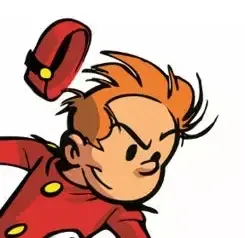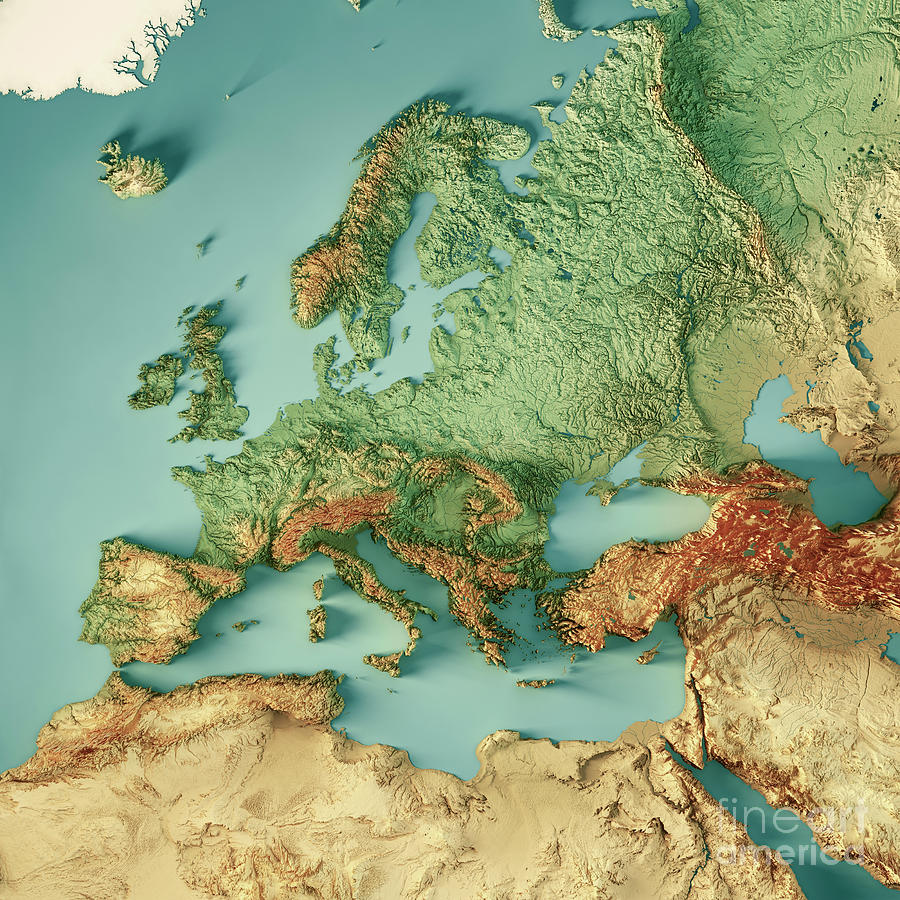This surprised me when I was younger. Heart, diamond, spade, and club seemed so foreign to me. For the record, in Spain we call them copas (cups), oros (coins (literally golds)), bastos (clubs), and espadas (swords).
Also, the pictures used in the map are not the most commonly used ones here. this (top row) is what most cards use
Funny enough, in Portuguese, the names for the sets are
dirtydirect translations of the Spanish versions, but applied to the French icons. It didn’t make much sense to me calling a losange “golds”, or a heart “cups”, a leaf “swords”, and a clover leaf “sticks”.Edit: autocorrupt
Somehow this is the first time I’ve realized the symbols don’t match their names at all. Not really sure what’s dirty about them but it’s actually pretty handy to have all suits be called the same names in French and Spanish suits since both are widely used around here in Southern Brazil.
Not the previous poster but I think the “dirty translation” is because in Portugal some things weren’t translated at all (we use the actual word “copas” even though it’s not a Portuguese word) and others are translated differently (were the Spanish use “bastos” - clubs - we use “paus” - sticks).
Omg! One of my obsessions!!!
Whenever I travel somewhere, as a souvenir, I buy the local design of playing cards. Even within the colour-regions there are many variations. I might be biased because I’m dutch, but the Dutch Cut is one of my favourites, because of the architecture on the aces!
In Italy every region has their own design! (Even within the ones shown in this map.)
In Spain every single playing card company has its own design (even if they are all swords, sticks, coins and cups), probably more than one. I don’t think I’ve ever seen the same design twice, every house I go to has different cards.
even in the colored areas
…of the cards, I eventually understood.
Oops, maybe that was unclear. I meant even within each area of the map; blue, yellow, orange, green there are regional variations in designs!



